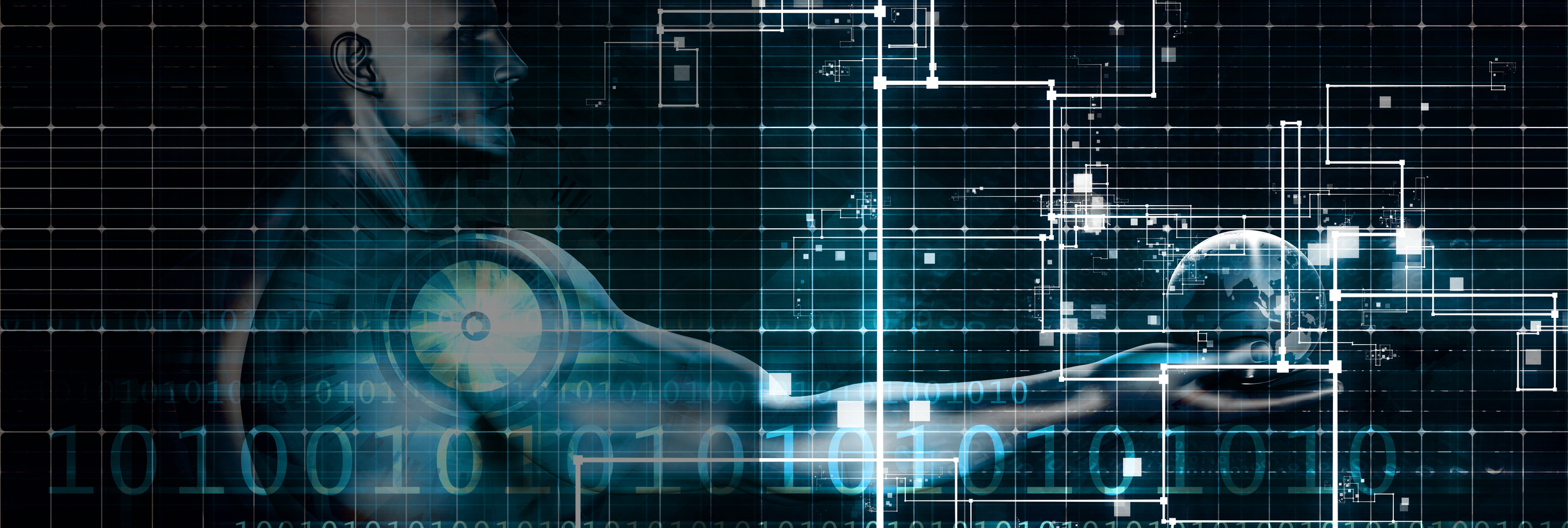Computer-assisted translation, computer-aided translation or CAT is a form of language translation in which a human translator uses computure software to support and facilitate the translation process.
Important: The software only supports the linguists and you still receive a manually translated text. The software itself helps the linguist only to apply consistency throughout the text and for future texts that you assign to us.
The following list displays some of the CAT Tools we work with, but this list should not be understood as a final one, some CAT Tools we may be able to use may not be listed below:
- MemoQ
- MemSource
- OmegaT
- Poedit
- SDL Trados
- Star Transit
- Wordfast
Should you have any special requirements in terms of CAT tools, do let us know and we will confirm to you if we have the ability to handle your preference.
.php .jpg .gif .png .svg .ps .eps .ai .pdf .dwg .psd .tiff .raw .bmp .html .asp .docx .xlxs .doc .xls .dot .ttx .sdlx .po .tiff .raw .bmp .html .asp .docx .xlxs .ppt .xls .dot .ttx .sdlx .po
We could name even more, but we believe you are getting the idea. We are proud to be able to handle (almost) all file formats that are used by our clients.
TMs (Transation Memories)
What is a TM?
A translation memory, or TM, is a database that stores "segments", which can be sentences, paragraphs or sentence-like units (headings, titles or elements in a list) that have previously been translated, in order to aid human translators. The translation memory stores the source text and its corresponding translation in language pairs called “translation units”. Individual words are handled by terminology bases and are not within the domain of TM*.
The Benefits of TMs
For our long-term clients we maintain TMs in order to maintain consistency with your preferred terminology. Translation memory managers are most suitable for translating technical documentation and documents containing specialized vocabularies. Other benefits are:
Ensuring that the translated documents are consistent, including common definitions, phrasings and terminology. This is important e.g. when different linguists are working on a single project.
Enabling linguists to translate documents in a wide variety of formats without having to own the software typically required to process these formats.
Accelerating the overall translation process; since translation memories "remember" previously translated material, translators have to translate it only once.
For large documentation projects, savings (in time) thanks to the use of a TM package may already be apparent even for the first translation of a new project, but normally such savings are only apparent when translating subsequent versions of a project that was translated before using translation memory.*
Can You Use Existing TMs From Previous Providers?
Yes, we can. Please contact us and we will inform you what we need and how we can make the transfer most suitable for you.
*[SOURCE]: Wikipedia















